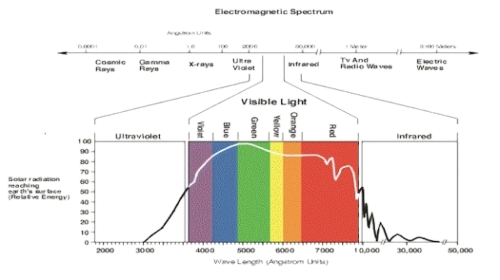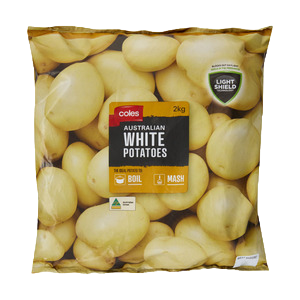23 September 2020
Sunlight, Beans and Lentils

Yesterday I got what seemed to be a straight forward question that was a result of a complaint from a retail consumer buying product in a store.
"Why would one year old lentils not be cooking properly?"
As always I referred to the storage instructions on our specification.
Store in an airtight container in a cool, dry place, away from direct sunlight. Shelf Life: Up to 24 months when stored as above.
The questioner (you know who you are) then posed an excellent question. Why is direct sunlight is an issue? Regretfully I didn't have a good answer at hand. Google didn't either.
Light is both good and bad
For people, getting some exposure to sunlight is good for Vitamin D production and a few other essential biological processes. Depending on where out ancestors hail from, we've evolved different 'good' exposure level requirements.
For pulses in a package, the good of any light (sunlight or artificial) is that the consumer can see what they are buying. Therefore, almost all retail packaging for dried ingredients is mostly transparent – avoiding consumer angst about just what is in the package.
The bad for people is that too much exposure results in cell damage and long term increase in cancer risk.
In pulses, the bad is that naturally occurring photosensitizers still exist within the seeds. These photosensitizers absorb energy from the light spectrum and transfer it to oxygen forming singlet oxygen that is reactive to other chemicals. These chemical reactions catalyze lipid, colors, flavours and also may lead vitamin degradation over time.
Not all light is equal
As everyone knows, not all sunlight is equal.

The ultraviolet and visible light spectrum and their interaction with food and people is the subject of a lot of research. My synopsis is:
If the ozone layer disappears we are all going to fry from UVC with wavelength of 100 – 290nm. It is the highest energy and most harmful. Thankfully global regulation mitigated the need for us all to live underground.
UVB with wavelengths of 290 to 320nm only makes up 5% of radiation that hits the earth , but is essential for us to produce vitamin D. Too much of a good thing is unfortunately correlated with an increase in skin cancer.
After UVB comes UVA is the lowest energy with wavelengths between 320 and 400nm and can penetrate the deeper layers of skin. It is mostly responsible for skin cancer and wrinkles and is barely absorbed by the ozone layer.
Visual light between 400 – 780nm. All light is radiant energy. Visual light is much less damaging, however exposure over long periods of time will still cause degradation equal to short bursts of higher energy light spectrums.
Research shows that even fluorescent and LED lights can have an impact over long periods of time on food products that are exposed.
Bottom line
Consider exploring innovative ways to solve for a buyers inherent curiosity about the product inside the package and the desire for an actually edible/usable product being sold. That means either using transparent packaging that minimizes UV portions of the light spectrum or using non-transparent packaging that provides realistic images of the product. Alternatives are real-world photos at bin locations or storing the product away from sunlight if possible.
Be clear to your customers in the retail channel that storage location matters if the product is going to be stocked on the shelf for longer periods of time. Turns out there is a good scientific body of evidence behind Coles new way of packaging potatoes. Beans and Lentils don't degrade nearly as fast – but it is likely they are in the retail channel longer than one week.

Whilst you are here
There are other factors that impact water absorption:
Moisture content levels during storage
Exposure to excessively high heat during storage
Differences in calcium and magnesium contents at different growing locations
Some techniques for reducing likelihood of seeds failing to soften during cooking include:
Mechanical decorticating – such as football lentils improve efficiency
Moderately high temperatures during soaking
Lot's of research papers indicate that foods actually will help regulate the body's chemistry and play a role in avoiding cell damage from sun exposure. Depending on the pulse they have varying levels of vitamin A and E, beta-carotene , squalene, flavonoids, anthocyanins, lycopene and polyphenols – I wouldn't make any medical claim though. The Chinese are actually trying to actively push Lentils themselves to try and reduce the share of meat in their diet. See just one of many research papers published in China over the last few years.